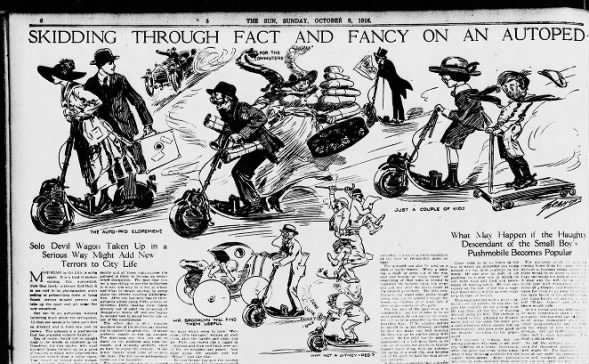
I can’t remember where I got this idea from but I think it was Alissa Walker or someone she was writing about who had the bright idea to go out and check the temperature of our streets on a hot day with a IR thermometer. Since I have one of these handy gadgets for firing up my pizza oven, I thought I’d head out in the neighborhood at around 2:30 in the afternoon and take some temperature readings.
The asphalt in front of our house measured an egg-frying, temperature of 135.3º F (57.3 C).

A rare, tree-lined Los Angeles street one block over was a lot cooler at 80.9º F (27.1º C).

A few blocks north, and to much fanfare, our city coated an asphalt street with a gray coating as part of a “cool pavement” program. The temp on this street was 120.8º F (49.3º C).
Being a crank I have two conclusions:
1. Let’s plant trees.
2. How about instead of painting streets gray we do something really radical and pull them up entirely and start cooling people rather than serving cars?
According to the Los Angeles Times, “Recent research has found that when manufacturing emissions are taken into account, most cool pavements hurt the climate more than they help.”
So, as is typical for our mayor Eric Garcetti it’s all about the press conference and not so much about the actual science. The one glimmer of hope that I have is that people younger than myself are catching on to the empty gestures of neo-liberal, pseudo-environmental politicians like Garcetti and the rest of the Los Angeles City Council. They are beginning to see a more radical alternative to business as usual. As Mark Fisher says in a book everyone should read, Capitalist Realism Is There No Alternative?,
The long, dark night of the end of history has to be grasped as an enormous opportunity. The very oppressive pervasiveness of capitalist realism means that even glimmers of alternative political and economic possibilities can have a disproportionately great effect. The tiniest event can tear a hole in the grey curtain of reaction which has marked the horizons of possibility under capitalist realism. From a situation in which nothing can happen, suddenly anything is possible again.
So how about we tear a hole in these hot streets and plant some trees?



